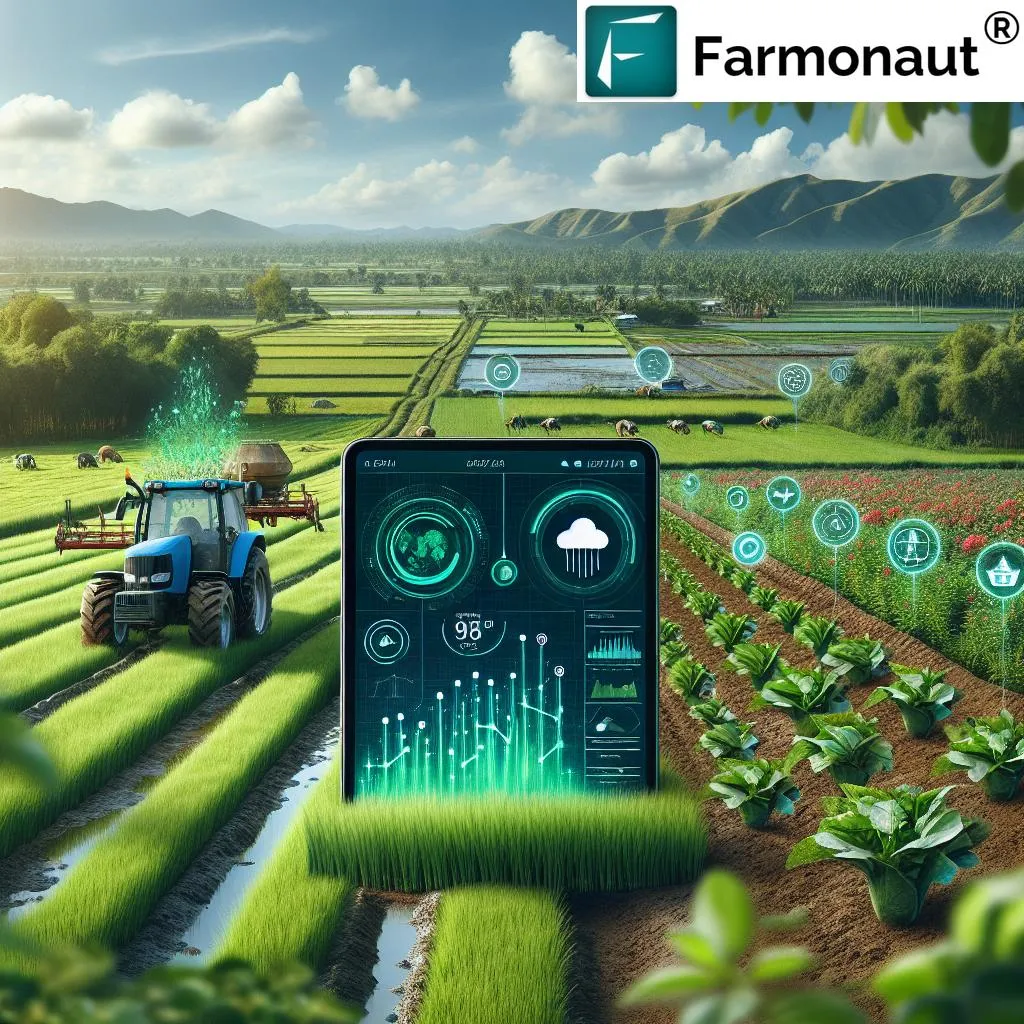In the heart of India’s agricultural landscape, a groundbreaking study is set to revolutionize how farmers assess soil health and predict crop yields. Researchers, led by Kanimozhi Gunasekaran from the Centre for Smart Grid Technologies at Vellore Institute of Technology in Chennai, have developed a cutting-edge system that combines real-time soil analysis with machine learning and deep learning algorithms to predict soil fertility and recommend optimal crops. This innovative approach, published in *Frontiers in Soil Science*, promises to transform sustainable agricultural practices by making them more efficient, data-driven, and environmentally friendly.
Traditional soil fertility assessment methods are often labor-intensive and time-consuming, relying on chemical analyses that can be both costly and environmentally harmful. Gunasekaran’s team sought to address these challenges by integrating advanced sensors and machine learning models to create a more efficient and accurate system. “Our goal was to develop a system that could provide real-time, reliable soil health assessments, enabling farmers to make informed decisions quickly and easily,” Gunasekaran explained.
The research team developed a hardware prototype equipped with sensors to capture a range of soil parameters, including pH, temperature, humidity, moisture content, NPK (nitrogen, phosphorus, potassium), carbon content, and organic matter. Additionally, the system collects weather and climatic data to provide a comprehensive picture of soil conditions. This real-time data is then fed into machine learning and deep learning models, which predict soil fertility and recommend suitable crops.
The study evaluated several machine learning algorithms, including ensemble classifiers like Random Forest and Extra Trees, as well as deep learning models such as Multilayer Perceptron (MLP) and Long Short-Term Memory (LSTM) networks. The results were impressive, with the Random Forest algorithm achieving the highest prediction accuracy of approximately 92%. Deep learning models further enhanced predictive capabilities for crop selection, demonstrating high accuracy, recall, and F1-scores while maintaining consistent precision.
The hardware prototype’s real-time measurements were validated against laboratory soil test results, confirming the system’s reliability. This integration of real-time sensor data with predictive models enables rapid, reliable, and scalable soil health assessment, empowering farmers to optimize soil fertility and improve sustainable agricultural practices.
The commercial implications of this research are significant. By providing farmers with accurate, real-time soil fertility predictions, the system can help optimize resource use, reduce costs, and increase crop yields. This technology has the potential to be integrated into existing agricultural management systems, offering a scalable solution for farmers of all sizes. “This system not only benefits individual farmers but also contributes to broader environmental sustainability by promoting more efficient use of resources and reducing the need for chemical analyses,” Gunasekaran noted.
Looking ahead, this research could pave the way for further advancements in precision agriculture. As machine learning and deep learning algorithms continue to evolve, their integration with real-time sensor data could lead to even more sophisticated predictive models. These models could consider a wider range of factors, such as soil microbiology and plant health, to provide comprehensive agricultural insights. Additionally, the system’s scalability makes it suitable for deployment in various agricultural settings, from small-scale farms to large-scale commercial operations.
In conclusion, the study by Gunasekaran and her team represents a significant step forward in the field of soil fertility prediction and crop recommendation. By leveraging the power of machine learning and deep learning, this innovative system offers a promising solution for sustainable agricultural management, with far-reaching implications for the future of farming. As the technology continues to develop, it has the potential to transform the way farmers assess soil health and make data-driven decisions, ultimately contributing to a more sustainable and productive agricultural sector.

